Warning of climate change risks to remote St Kilda
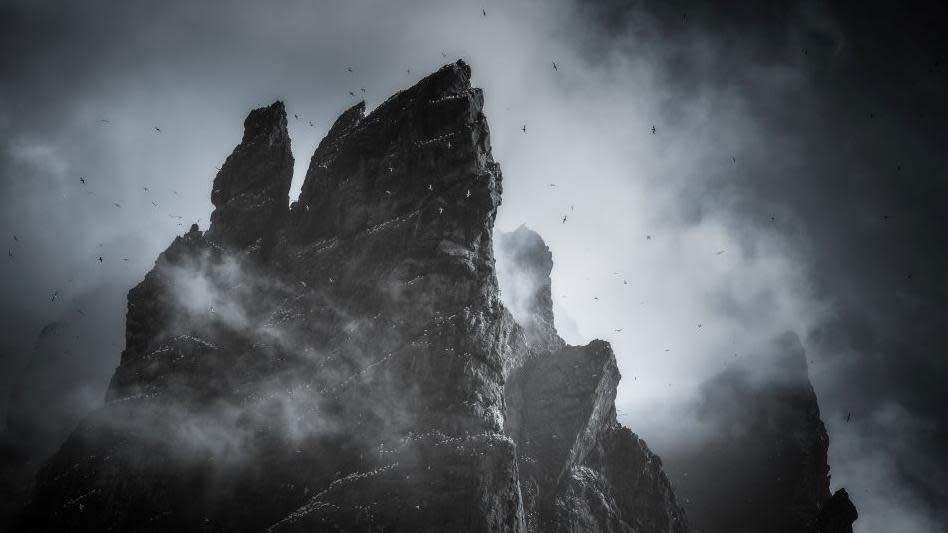
Scientists say they have identified the biggest climate change threats to one of Scotland's most fragile environments.
St Kilda more than 40 miles (64km) west of the Western Isles is home to thousands of sea birds, and also unique sub-species of mouse and wren.
A new study suggests rising temperatures, more frequent and severe storms and changes to ocean currents pose the greatest risks to the archipelago.
National Trust for Scotland (NTS), which manages St Kilda, said it was already seeing the impact of warmer seas on the food chain that supports the islands' birds.
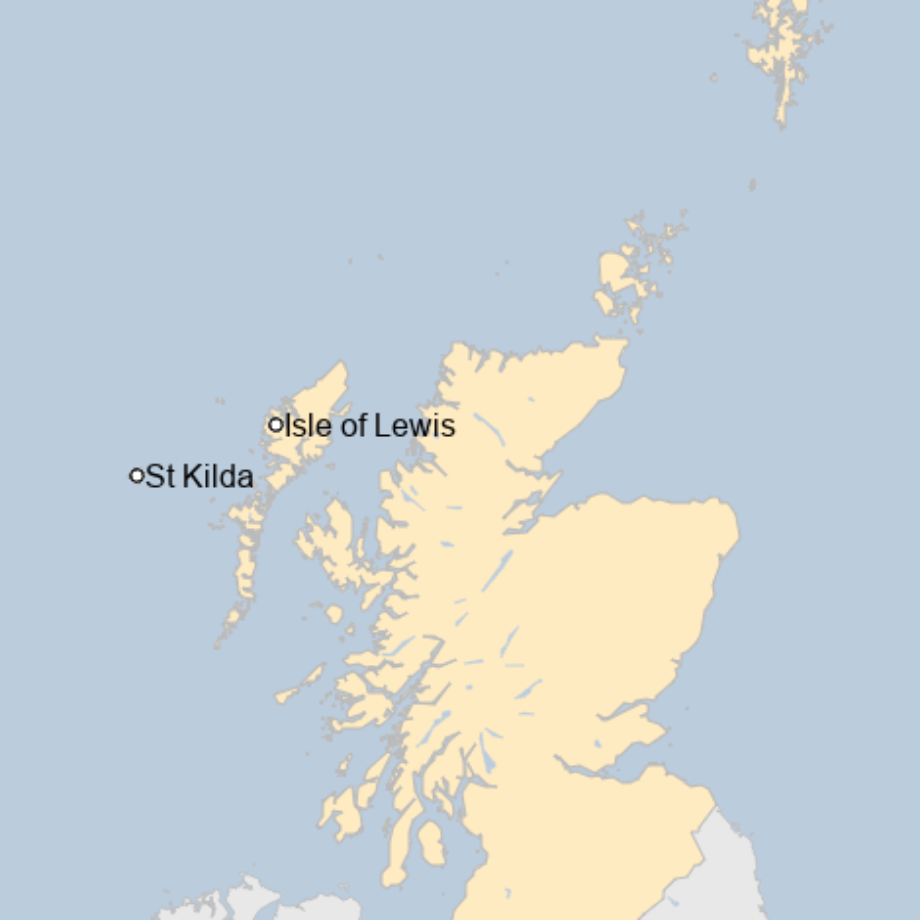
St Kilda, a group of small islands and rocky sea stacks, were abandoned by its last 36 islanders in 1930.
The main island of Hirta is inhabited on a temporary basis by visiting NTS workers and also volunteers, scientists and contractors who work at small Ministry of Defence site.
The archipelago is a Unesco dual World Heritage Site, the status recognising its cultural and natural qualities.
Scientists looked for climate change threats using an assessment tool called the Climate Vulnerability Index (CVI).
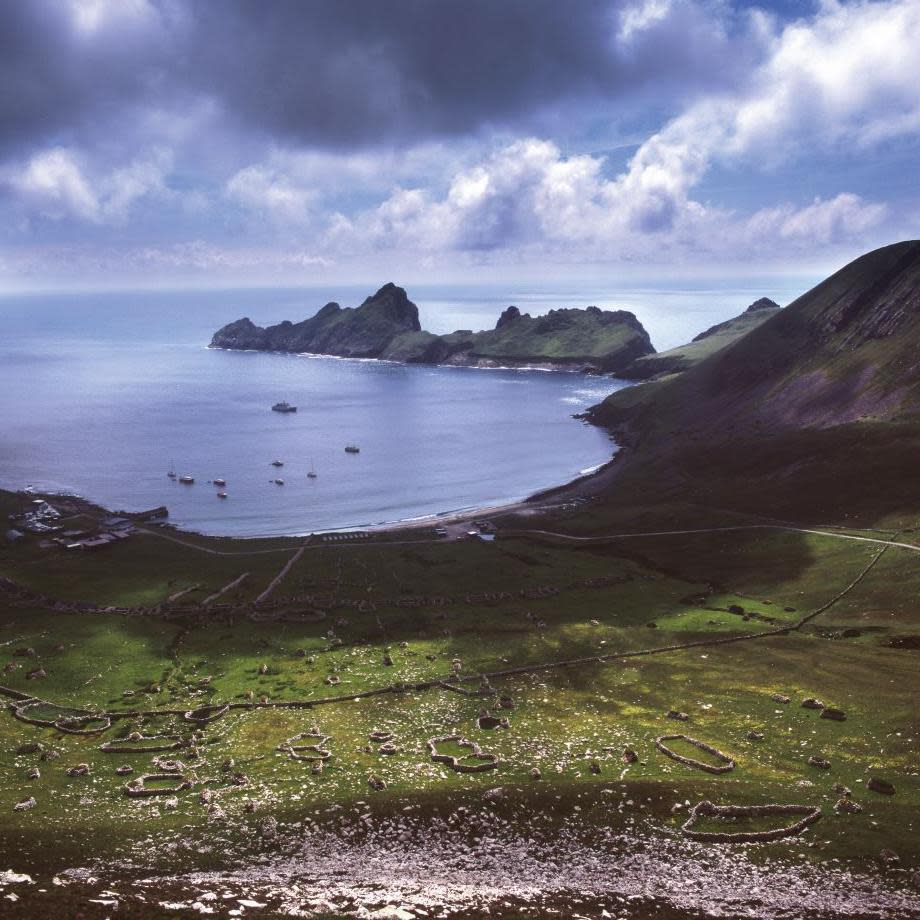
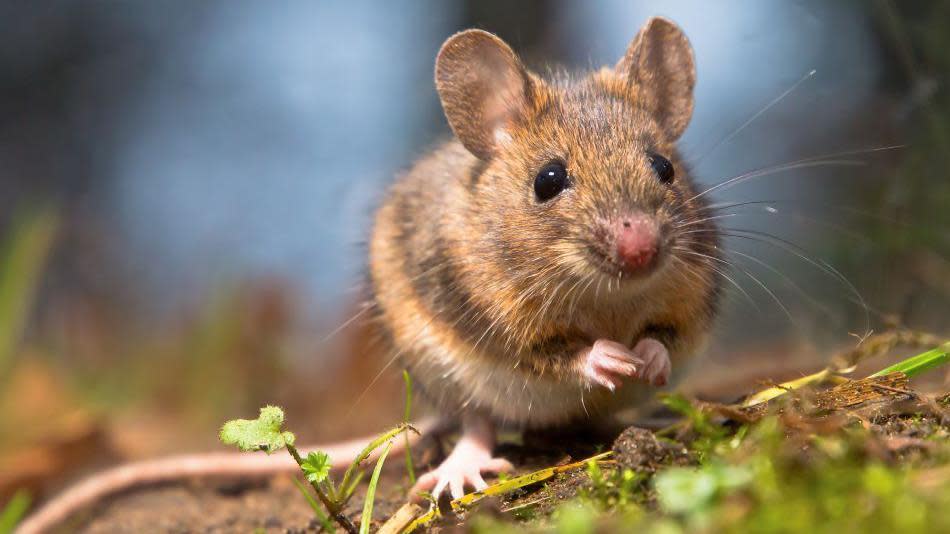
Susan Bain, NTS manager for St Kilda, said the study warned that in the future the trust would face increasingly difficult challenges managing the archipelago.
She said: "Warming sea temperatures are already impacting on the food chain for the hundreds of thousands of seabirds who breed here each summer, and some species are at risk of disappearing from St Kilda forever.
"Changing currents could compound this even further, fundamentally changing the habitats and with that the types of birds that can thrive here."
A 2023 count of four seabird species suggested numbers had declined overall by 61%.
Ms Bain said stormier weather could damage historic properties on Hirta and make it harder for staff, volunteers and tourists to visit the islands.
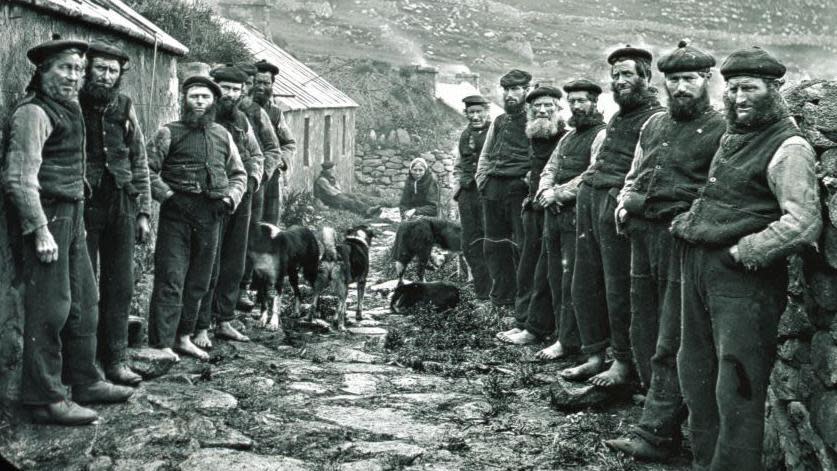
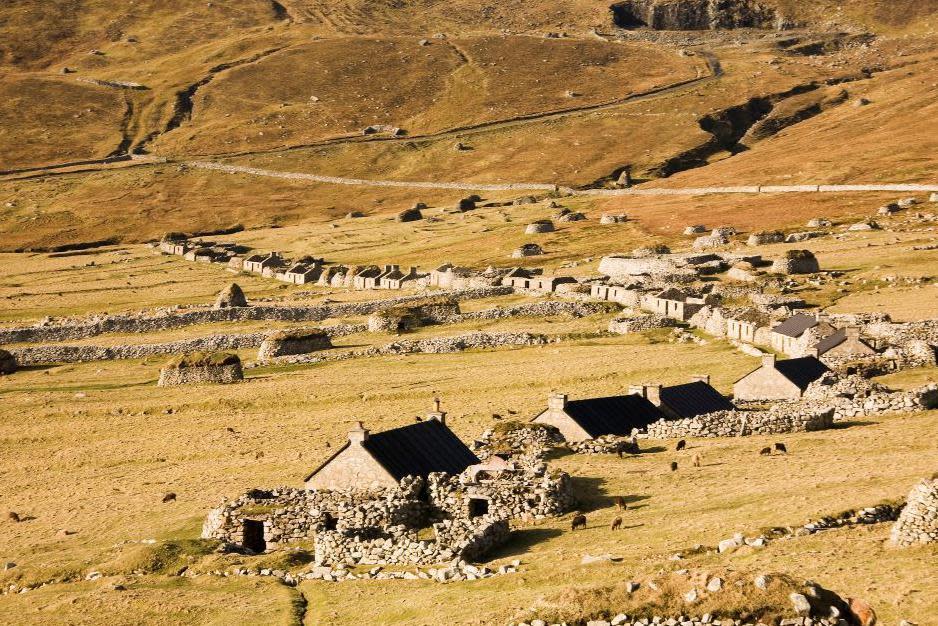
CVI assessments have been applied to world heritage properties in 15 countries.
In Scotland, Historic Environment Scotland (HES) and Australia's James Cook University have used the tool to examine the vulnerability of Neolithic heritage in Orkney, Edinburgh's Old and New Towns and the Roman Antonine Wall.
CVI co-developer Prof Scott Heron said: “Preparations continue for additional CVI applications, including analyses for Scotland’s two other world heritage sites, New Lanark and the Forth Bridge."

